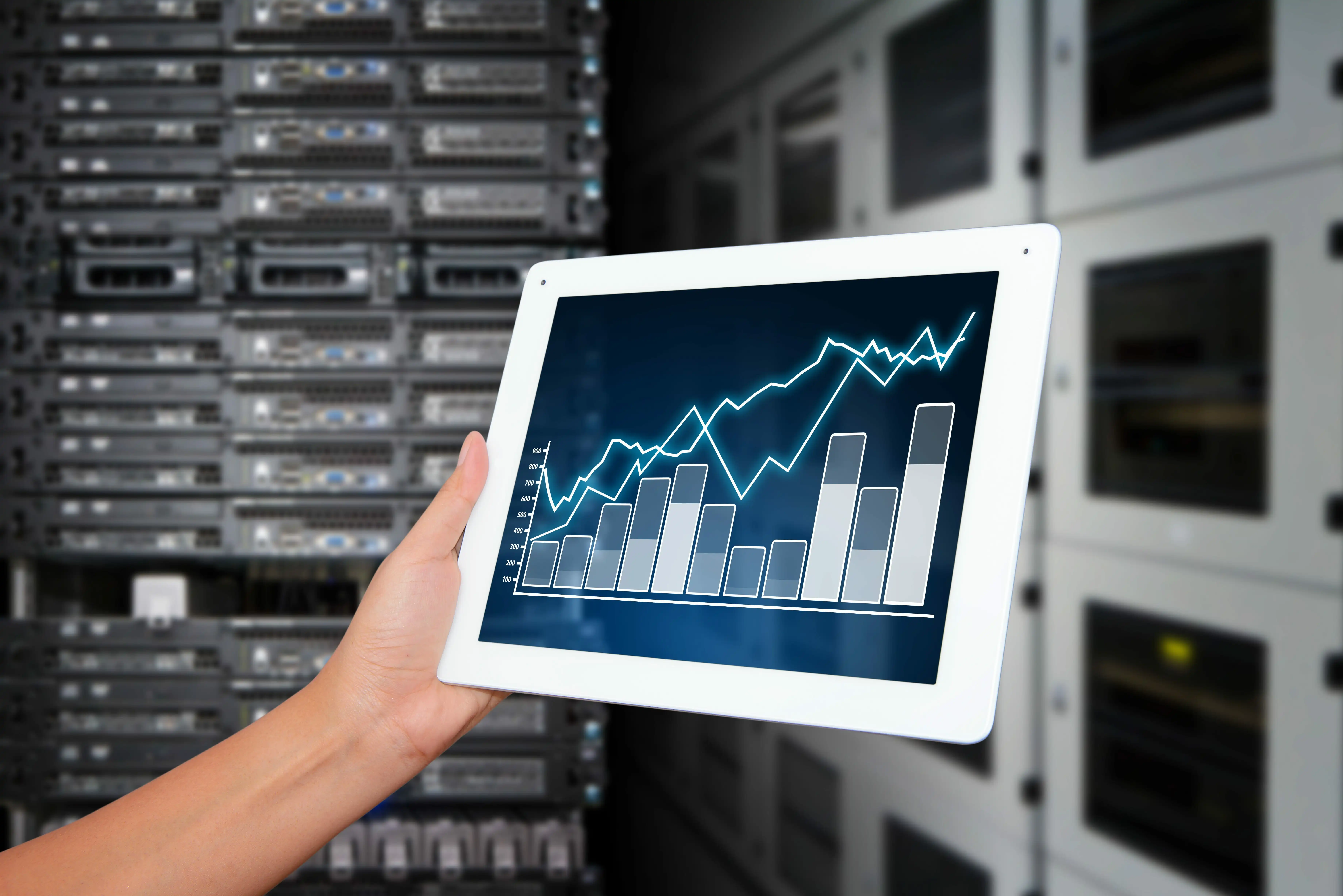The Importance of Environmental Monitoring: Realizing the Benefits15 min read

There is a revolution happening within the data center environment. Administrators are being tasked with delivering much more while still retaining optimal efficiency levels. Globally, data center power consumption has been growing. In fact, IDC reports that energy consumption per server is growing by 9% per year globally as growth in performance pushes demand for energy. As more organizations place their environments into the data enter, energy efficiency and data center management have become extremely important for multiple reasons. Not only are data center administrators working hard to cut costs – they’re also working overtime to minimize management overhead and improve infrastructure agility.
Consider this – a recent NRDC report indicates that data center electricity consumption is projected to increase to roughly 140 billion kilowatt-hours annually by 2020, the equivalent annual output of 50 power plants, costing American businesses $13 billion annually in electricity bills. And, a report from DataCenterDynamics indicates that the world’s data centers are expected to consume 19% more energy over the course of the next 12 months than they have in the past year. According to the report, data centers currently consume about 31 GW, a report on energy consumption data included in the census concludes. The average total power to rack is about 4.05 kW, with 58% of racks consuming 5 kW per rack, 28% consuming from 5 kW to 10 kW per rack and the rest consuming more than 10 kW per rack.
So, how do you keep up with the pace of demand? How do ensure that your business and data center ecosystem remain strategically joined? You deploy next-generation tools which elevate your environmental monitoring and data center control capabilities.
In creating optimizations for your data center, it is important to utilize technologies that are able to meet the needs of your environment. Not only are there tools which enhance the data center resource and environment management process, like advanced power management – these same platforms work to further optimize valuable data center resources.
Rising energy costs, needs around energy efficiencies, increased compute densities, and big data demands are driving data centers managers to conserve electricity and make the most of what they expend. Remember, many organizations are actively looking at hybrid or public cloud platforms to help them with increased density requirements and new big data demands. In creating optimizations for your data center, it’s important to utilize technologies that are able to meet the needs of your environment.
Not only are these tools which enhance the data center infrastructure management (DCIM) process – these same platforms work to further optimize valuable data center resources. By using intelligent and scalable platforms, your organization can improve floor plan layouts, airflow, energy utilization, and much more. Solid data center management platforms help empower your business and data center to consume less energy and trim infrastructure costs.
- It’s time to take DCIM to a new level. We’re no longer just looking at general data center management. Now, we’re taking a proactive approach to management, efficiency and optimization. New types of DCIM solutions utilize software and intelligent devices to monitor data center power consumption/environmental variables in real-time, enabling the data center to maintain energy efficiency gains on an ongoing basis. These tools can help provide a scalable and affordable wireless environmental monitoring system that integrates seamlessly into most facility management systems. A major benefit of this solution is that you can quickly and easily identify opportunities to improve your mission critical environment and realize opportunities for energy savings. This means quickly identifying isolated causes of energy inefficiency, and adjusting data center environmental for optimal operation. These DCIM overlay systems, maintains those energy efficiency improvements by monitoring the data center infrastructure for variations.
- Reduce operational risk and enhancing uptime. First of all, next-generation DCIM tools are powerful technologies which help monitor your mission critical environment. It’s important to note that while network threats get most of the attention in data centers, environmental threats can be just as harmful to IT equipment. Remember, increased dependency on the data center means that overall outages and downtime are growing costlier over time. Ponemon Institute and Emerson Network Power have just released the results of the latest Cost of Data Center Outages study. Previously published in 2010 and 2013, the purpose of this third study is to continue to analyze the cost behavior of unplanned data center outages. According to the new study, the average cost of a data center outage has steadily increased from $505,502 in 2010 to $740,357 today (or a 38 percent net change). This is why environmental monitoring tools help ensure uptime by monitoring airflow and air pressure to, and from the racks. Furthermore, these tools help stop threats before they become a problem – such as fluid leaks, overheating, power surges, air quality, vermin, disconnected equipment, etc.
- Creating optimization and lower operating costs. As mentioned earlier, a major benefit around next-generation environmental and DCIM solutions is that you can quickly and easily identify opportunities to improve your mission critical environment and realize opportunities for energy savings. What does this mean? Substantial cost savings for both the business and the data center. These savings include:
. – Cooling load reduction – Total power usage reduction – Several hundred megawatt-hours (MWh) saved – A big reduction in your annual carbon footprint
.
Furthermore, once all your monitoring connections are snapped into place, the real-time information around your entire data center ecosystem is delivered via an integrated web dashboard which can be accessed from any computer or mobile device. Ultimately, this creates an environmental management platform which communicates with a wide variety of protocols for seamless integration into existing BMS, NMS, or DCIM solutions.
Moving forward, data center administrators will be tasked with supporting even more business functions. All of this translates to greater levels of reliance on modern data center systems. Through it all – it will be critical to continue to manage these environments properly, while still creating room to grow and expand. Using the right types of DCIM and environmental monitoring technologies, you can create a healthy data center ecosystem which can operate efficiently, while still responding to critical business demands.

0 Comments